The Power of Protein: High-Protein Recipes for Fitness Enthusiasts
The Power of Protein: High-Protein Recipes for Fitness Enthusiasts
Are you looking to boost your fitness results and fuel your workouts more effectively? Protein is a powerhouse nutrient that plays a crucial role in building and repairing muscles, supporting recovery, and maintaining overall health for active individuals. Whether you're a seasoned athlete or just starting your fitness journey, integrating high-protein meals into your diet is essential for maximizing your performance and achieving your health goals.
In this blog post, "The Power of Protein: High-Protein Recipes for Fitness Enthusiasts," we dive into the science behind protein's vital role in fitness and offer you five simple, delicious high-protein recipes that you can easily incorporate into your daily meal plan. From a zesty Chicken Avocado Salad to a creamy Greek Yogurt and Berry Parfait, these recipes are not only packed with the nutrients you need to stay energized but are also quick to prepare and incredibly satisfying.
By the end of this post, you'll not only understand why protein is such an important part of your diet but you'll also have a variety of new recipes to help you meet your fitness and nutritional goals with ease. Get ready to transform your eating habits and supercharge your fitness results!
The Role of Protein in Fitness
Protein plays a pivotal role in the world of fitness, serving as a fundamental building block for muscle growth, recovery, and overall body composition. Understanding how protein functions can greatly enhance an individual's approach to nutrition and exercise, optimizing both for peak performance and health.
Protein and Muscle Recovery
Muscle recovery is a critical aspect of any fitness regimen, particularly if you engage in high-intensity or resistance training. During these activities, muscle fibers undergo stress and micro-tears. It is in the repair of these tears that muscles grow stronger and larger. Protein is crucial in this process because it supplies the body with amino acids, which are essential for repairing and rebuilding muscle tissues.
Following a workout, the body shifts into a state of repair, actively looking to replace damaged proteins in the muscles. Consuming protein after exercise provides the necessary amino acids directly to these muscles, speeding up the recovery process and alleviating muscle soreness. This rapid delivery and uptake of amino acids facilitate what is known as muscle protein synthesis (MPS), where new muscle tissue is formed. This not only helps in quick recovery but also prepares the muscles for future stress, making them stronger and more resilient.
Protein and Muscle Growth
For muscle growth, or hypertrophy, protein is again at the center of the process. When you consume protein, your body breaks it down into amino acids, which are then able to trigger MPS. However, for growth to occur, the rate of MPS must exceed the rate at which muscle proteins are broken down. This is why consistent dietary protein intake throughout the day is crucial for athletes and individuals looking to increase muscle mass.
Furthermore, the type of exercise performed influences the body's protein needs. Resistance training, for example, increases the efficiency of protein utilization, making each gram of protein more effective at stimulating MPS. For those engaged in regular strength training, higher protein intake combined with the mechanical stress of lifting weights can lead to significant muscle gains.
Protein and Body Composition
Body composition, the ratio of fat to lean mass in the body, is significantly impacted by protein intake. High protein diets are often associated with better body composition, as increased protein intake can lead to an enhanced fat loss alongside muscle maintenance. This is partly because protein has a higher thermic effect than fats or carbohydrates, meaning it requires more energy for digestion, absorption, and processing. Consequently, more calories are burned in the process, which can contribute to fat loss.
Protein also has a powerful effect on satiety, it helps you feel full longer. By incorporating more protein into your diet, you can naturally reduce your calorie intake without feeling deprived, which is a sustainable way to lose fat while maintaining muscle mass.
Recommended Protein Intake for Active Individuals
The amount of protein needed varies based on an individual's level of activity, age, muscle mass, physiological goals, and overall health. The general recommendation for sedentary adults is 0.8 grams of protein per kilogram of body weight per day. However, for those involved in moderate to intense physical activity, the demands increase.
Strength and endurance athletes need more protein to support recovery and muscle synthesis. The American College of Sports Medicine and the Academy of Nutrition and Dietetics recommend that athletes consume between 1.2 to 2.0 grams of protein per kilogram of body weight per day. This range supports the increased turnover of protein in active muscles and aids in the repair and growth of new muscle tissue.
Potential Effects of Protein on Fitness performance
Enhanced protein intake can profoundly impact fitness performance. For endurance athletes, adequate protein supports continued energy and repair during long training sessions. For strength-oriented athletes, higher protein intake directly correlates with increased muscle mass and strength gains, which are critical for performance.
Moreover, during periods of intense training or when reducing calorie intake to lose body fat, increased protein can help preserve lean muscle mass, which might otherwise be lost along with fat.
In conclusion, protein is more than just a nutrient; it's a critical component of a successful fitness strategy. By understanding and optimizing protein intake, fitness enthusiasts can enhance recovery, increase muscle mass, improve body composition, and boost overall performance. As we explore further in the subsequent sections, incorporating high-protein recipes into your diet can be a delicious and effective way to meet your fitness and health goals.
5 Simple High-Protein Recipes
Recipe 1: Chicken Avocado Salad
Ingredients: Cooked chicken breast, avocado, mixed greens, cherry tomatoes, olive oil, lemon juice, salt, and pepper.
Method: Combine ingredients in a large bowl, drizzle with olive oil and lemon juice, season with salt and pepper, and toss well.
Recipe 2: Greek Yogurt and Berry Parfait
Ingredients: Greek yogurt, mixed berries (fresh or frozen), a drizzle of honey, and optional granola for crunch.
Method: Layer Greek yogurt and berries in a glass, top with honey and granola.
Recipe 3: Beef and Broccoli Stir-Fry
Ingredients: Lean beef strips, broccoli florets, garlic, soy sauce, sesame oil, and brown rice.
Method: Stir-fry beef and garlic in sesame oil until browned, add broccoli and soy sauce, and serve over cooked brown rice.
Recipe 4: Protein-Packed Smoothie
Ingredients: Whey protein powder, a banana, spinach, almond milk, and peanut butter.
Method: Blend all ingredients until smooth, adding more almond milk if needed for desired consistency.
Recipe 5: Tuna Stuffed Bell Peppers
Ingredients: Canned tuna, chopped onions, diced tomatoes, shredded cheese, and bell peppers.
Method: Mix tuna, onions, and tomatoes, stuff into halved bell peppers, top with cheese, and bake until peppers are tender.
Tips for Incorporating High-Protein Foods into Every Meal
Incorporating high-protein foods into every meal is a strategic approach that can help fitness enthusiasts and those simply aiming to improve their diet meet their protein requirements effectively. Here are some practical strategies to increase protein intake throughout the day, ensuring that you maintain a balanced macronutrient profile to support overall health and fitness goals.
Start the Day Strong
Breakfast is an ideal time to get a head start on your protein intake. Incorporate eggs, Greek yogurt, or cottage cheese into your morning meal. These options are not only high in protein but also offer versatility in preparation. For example, eggs can be boiled, scrambled, or poached and paired with whole-grain toast or vegetables for a fiber-rich, balanced meal. Alternatively, a smoothie with Greek yogurt, a scoop of protein powder, and a handful of berries can provide a quick, nutrient-packed start to the day.
Protein-Packed Snacks
Snacking smartly is crucial for maintaining energy levels and managing hunger pangs between meals. Opt for snacks that combine protein with fiber to optimize satiety and nutrition. Examples include hummus with sliced veggies, a small handful of nuts with a piece of fruit, or a protein bar when you're on the go. These snacks not only boost your protein intake but also help stabilize blood sugar levels throughout the day.
Upgrade Your Main Meals
Focus on including a protein source at every main meal. For lunch and dinner, build your plates around lean meats like chicken, turkey, fish, or plant-based proteins like beans and lentils. These proteins can be incorporated into salads, soups, stews, or stir-fries that also include a variety of vegetables and whole grains, enriching your diet with essential vitamins, minerals, and fiber.
Balancing Macronutrients
While protein is vital, it's important to balance it with adequate intakes of carbohydrates and fats to ensure a holistic approach to nutrition. Carbohydrates are crucial for fueling activity, especially for endurance sports, while fats are essential for hormonal health and nutrient absorption. Strive to include a source of each macronutrient in your meals to promote nutritional balance. For instance, a dinner plate might feature grilled salmon (protein and healthy fats), quinoa (carbohydrates and protein), and a mixed greens salad with olive oil dressing (carbohydrates and healthy fats).
By consciously incorporating high-protein foods into each meal and snack, you can easily meet your daily protein needs. This approach not only supports muscle maintenance and growth but also ensures a diverse and balanced diet that enhances overall health and well-being.
As You Can See
Protein is more than just a macronutrient; it's a crucial component for anyone looking to enhance their fitness regime, support muscle recovery, and optimize overall health. As we've explored in this blog, incorporating high-protein foods throughout your daily meals can significantly impact your performance and results. The high-protein recipes provided are designed to be simple, nutritious, and delicious, making it easier for you to meet your protein needs without sacrificing flavor or variety.
We hope these recipes inspire you to get creative in the kitchen and help you realize how enjoyable and beneficial a protein-rich diet can be. Whether you're preparing a hearty breakfast, a nutritious lunch, or a satisfying dinner, the power of protein is undeniable.
Now, as you dive into your next high-protein delight, keep your eyes peeled for our next blog and social media updates for nutrition tips, fitness advice, and delicious recipes tailored to support your health and fitness goals.
Until next time, make every meal an opportunity to fuel your body for success.
Always Remember...
We would love to hear your thoughts on this, or any other article we write, so please, drop us your comments, ideas, input, and suggestions in the comments below.
And, by all means, if you think anyone in your world might like something we write, use the share buttons below to help us spread the word!
Until next time...PROGRESS, not PERFECTION!
Don't forget, always consult your physician before making any changes to your diet or exercise regimen.
Live a 3D Life...Decisions Determine Destinations!
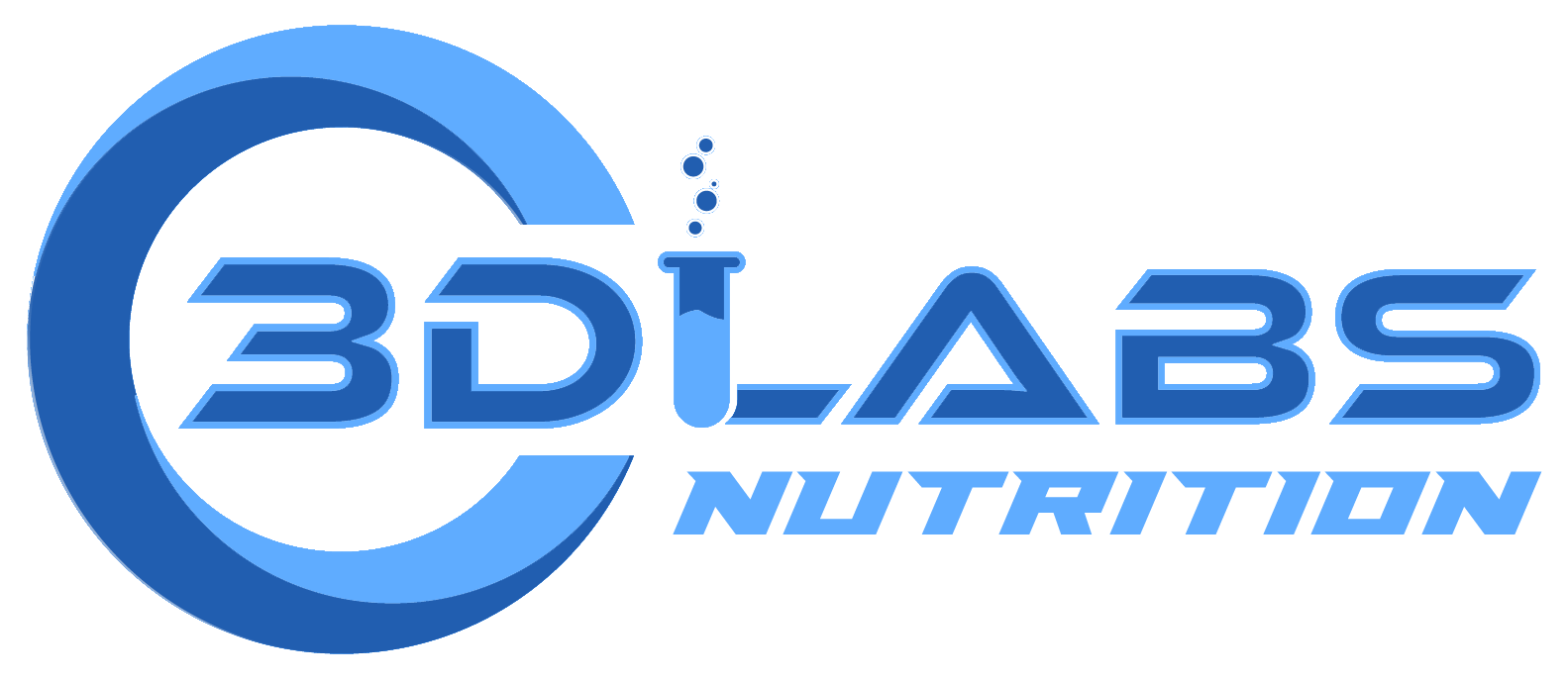
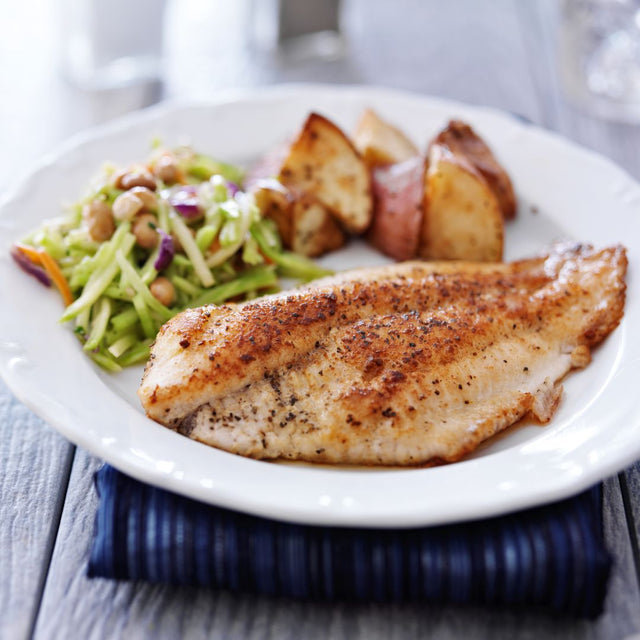
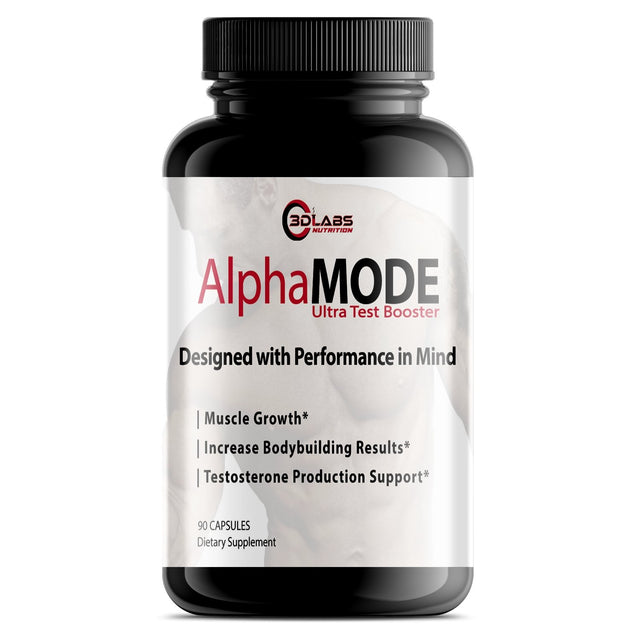
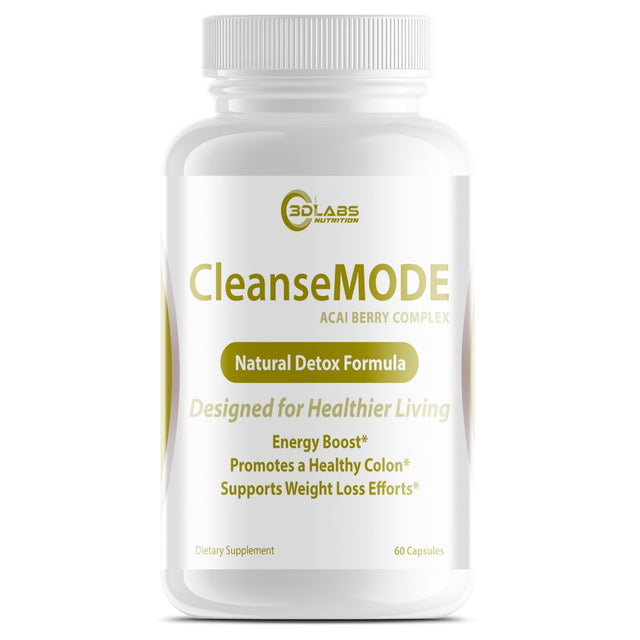
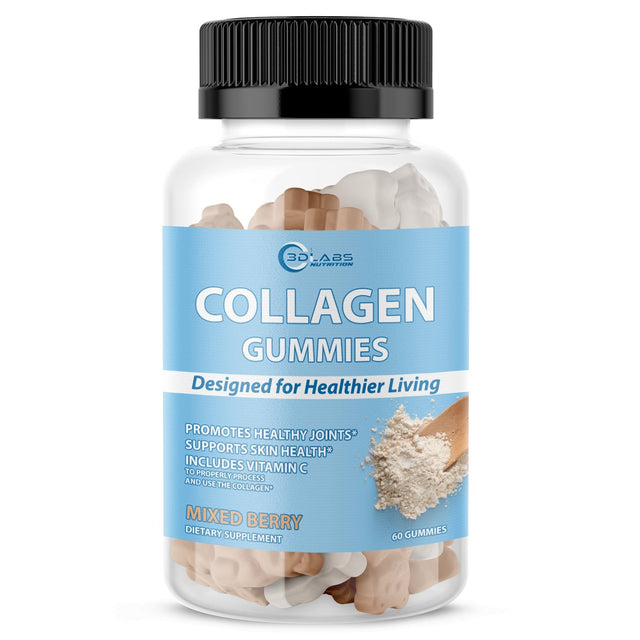
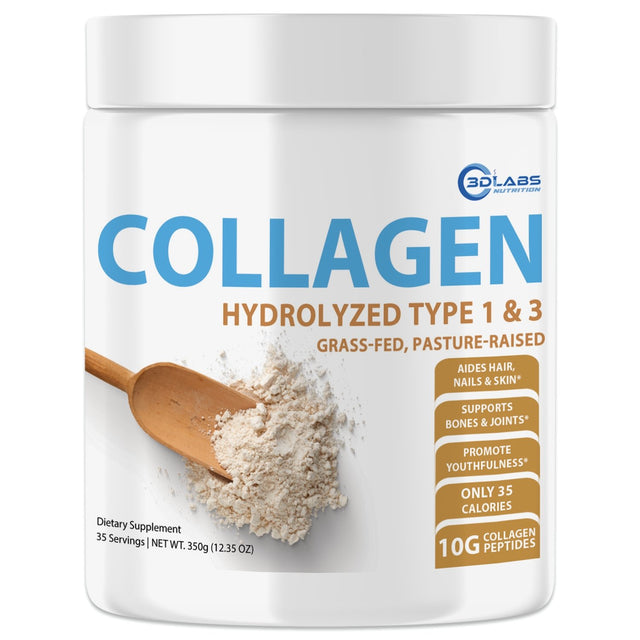
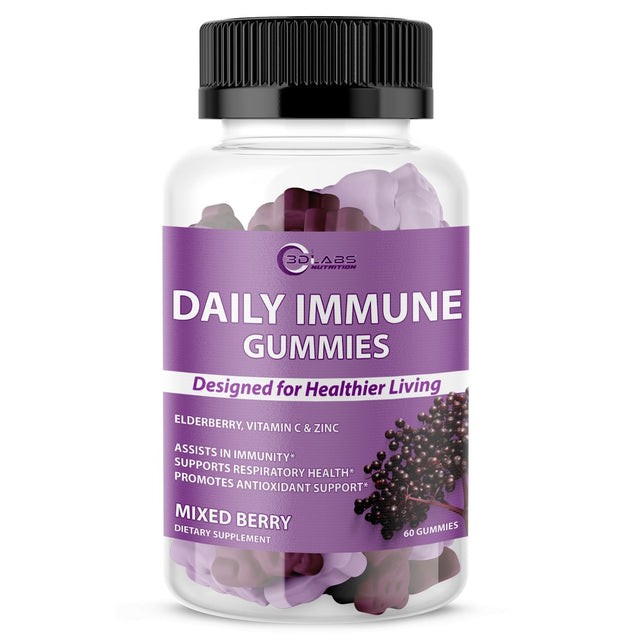
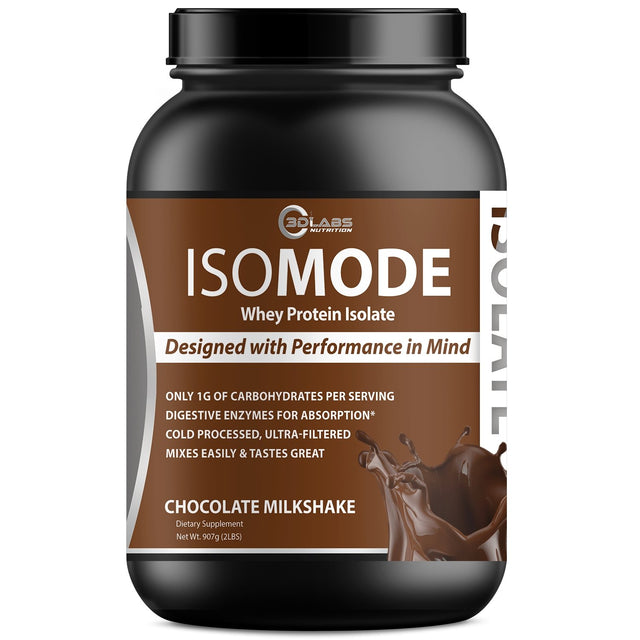
0 Comments
There are no comments for this article. Be the first one to leave a message!